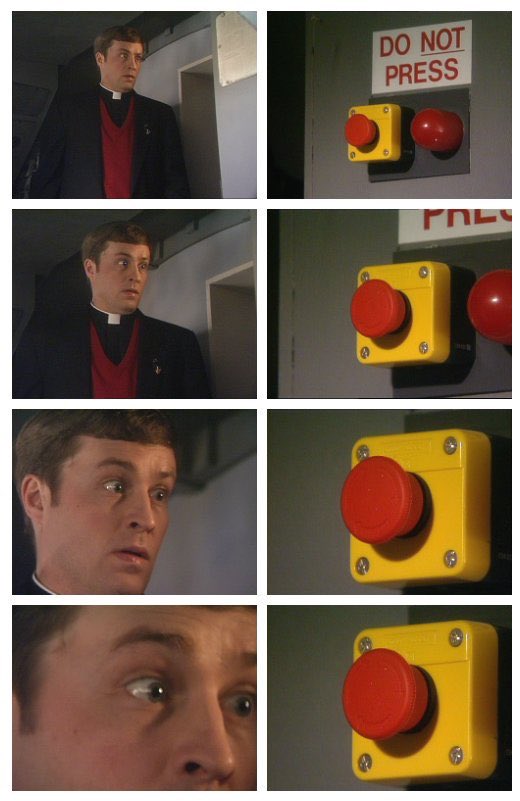

But if you don't anticipate needing a lot of them, just enough for this button, then you could pick up a few piecewise at a hardware store, or solder some wire directly to the tabs instead (be careful not to melt the plastic). You can get an assortment with both, and of both the male and female variety), from SFE. The quick disconnect tabs seem to be of two sizes, 0.25" and 0.2". That leaves you with actually having to connect things. Once the resistor has been bypassed or replaced, you can just use it as any other LED in any of the Arduino examples dealing with LEDs. There's several ways you could do this, so I won't get into that here.

My suggestion there would be to just modify that part to bypass the resistor, or even replace it with one more suitable for typical Arduino voltages. Pretty common in industrial control system, automotive applications, etc. That resistor is set up so that the LED can be used with 12V. You can just barely see it in the product image for the Big Dome Push Button Blue. The black part the LED actually resides in has a resistor snuck into it. The two tabs on that part are the anode and cathode.

If you look at the product image the black part on the left just has 2 component leads bent around a piece of plastic, which gets inserted into the black part on the top. The two examples above mention turning an LED on/off, but you can't use this button's LED directly for this. That NO pin you can liken to a typical push button, so : Examples > Digital I/O > Button and : Examples > Digital I/O > Switch and others apply. this pin is connected to the common pin when the button is pressed). this pin is connected to the common pin when the button is not pressed) and the NO (normally open - i.e. One is the 'common' pin, and the others are the NC (normally closed - i.e. If you look closely at the markings on there, you'll see the function of each of the quick disconnect tabs. The switch part is the white microswitch depicted in this product image: They're basically just a SPDT (Single Pole, Double Throw) switch and an LED.


 0 kommentar(er)
0 kommentar(er)
